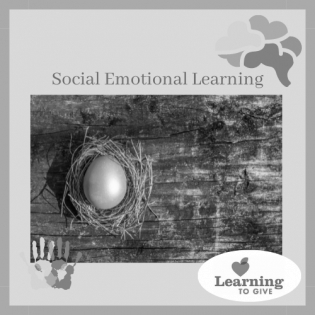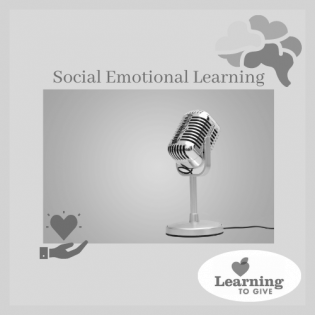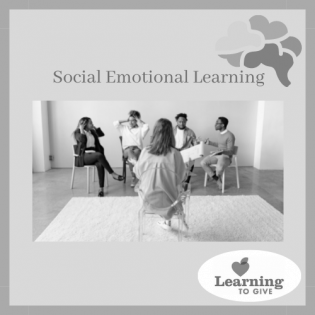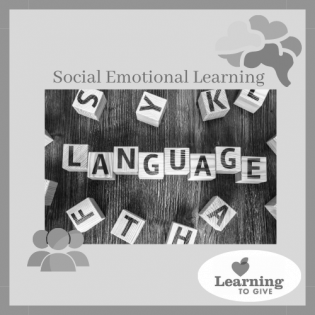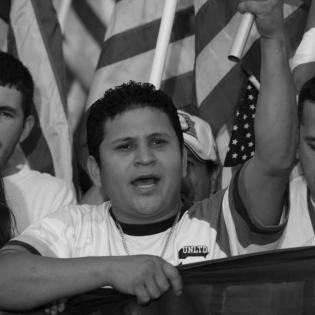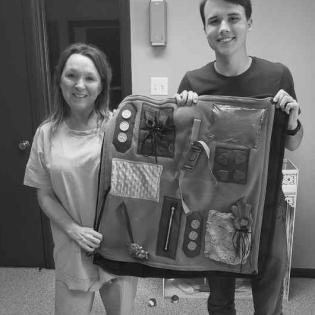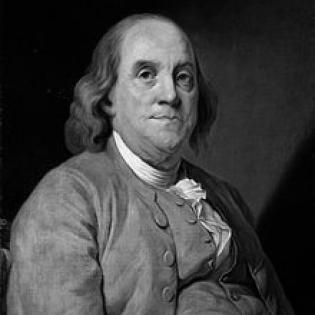Read profiles of "servant leaders" and use these brainteaser puzzles to reveal their philosophy of leadership.
Filter by subjects:
Filter by grades:
Filter by audience:
Filter by issue area:
Filter by content type:
Filter by resource type:
resource search
In this activity participants get to know one another and discover their commonalities and differences. What similarities do I have with others? What differences do I have with others? Why are both important?
After a meaningful session or day together, a reflective writing prompt can help young people internalize, sort, or articulate their thoughts and feelings. A great tool for SEL and personal reflection, exit tickets provide a prompt to bring thoughts to a close before moving out the door. Designed to be handed to the facilitator as a "ticket" out the door, they may also be kept private if someone doesn't want to share their thoughts in the moment.
This activity encourages youth to discuss the power of privilege. Participants will understand how their perspectives, identity, and values influence their decisions in this activity. They will also understand that privileges are social constructs, A social construct is something that exists not in reality, but as a result of human interaction. It exists because humans agree that it exists.
This project is a simulation meant to guide participants through the process of organizing a protest/demonstration. Participants are asked to identify a problem they want to solve and then plan a nonviolent protest/demonstration while being conscious of safety, resources, community norms, and ethical behavior. The hope is that this activity might inspire the next Greta Thunberg or Malala Yousafzai to take action and create change!
This activity prompts young people to think and speak critically with their peers about a real-world topic. They consider how the topic applies to them and how it might impact others. During this activity, youth share their opinions, debate their positions, and sometimes even change sides as their opinions shift to accommodate new information or other viewpoints. This activity introduces young people to the concepts of bias and stereotypes by discussing how the judgments we make can be very damaging.
Language holds the power to unite or divide us, and we may unknowingly use language that excludes or offends our listeners. The language used at home, on TV, in Music, and in the Media often contains insensitive or divisive language with the potential to offend. Youth can identify and make an effort to use more inclusive language instead. By managing their own language, youth can serve as models for their peers and others in their community.
Video Clip and Discussion Guide: The nonprofit sector has a prevalent role in U.S. society. There is a deep partnership between the government and nonprofit sectors. Government makes up the building bricks of society, and philanthropy is the mortar that fills in the cracks and holds the bricks together. It is part of the social fabric of American democracy for citizens to organize and give for the common good.
Video Clip and Discussion Guide: You have interests and talents that can be used to help out your community. Find out how to connect your passions with community needs in this video and discussion guide.
Video Clip and Discussion Guide: Benjamin Franklin is known for many innovations and contributions to the common good. One of his contributions is as a pioneer in the field of philanthropy. He established the model of "public-private partnerships" in which he leveraged private dollars to get the government to contribute to libraries, hospitals, universities, and other needed resources for the common good. We still use this "mixed economy" model.

